Generally, the Swiss don’t like to brag. Even when it comes to cheeses, chocolate and direct democracy, they’re more likely to just offer you a taste and let you decide for yourself.
But when it comes to the many historic villages that dot the countryside, the taciturn Swiss can get quite gabby. They even have a formal beauty contest each year to name the country’s most beautiful villages.
Gimmelwald, the small village in the Bernese Oberland on 1367 meter over sea (4485 foot), overlooking the UNESCO world heritage area Jungfrau-Aletsch-Bietschhorn. The intact, pedestrian, Alpine village is located in the heart of the Swiss alps pereched high on the edge of a cliff and embraced by Mother Nature herself, ane one of the last car-free villages in Switzerland. Chalets decorated with flowers, a cheese storehouse in the middle of the village, cattle grazing all around: Gimmelwald is like something out of a fairy tale. The approach is spectacular, giving you butterflies in your tummy as the aerial cable car rises up from Stechelberg along the cliff walls as you pass magnificent waterfalls.

Wengen – Situated at the foot of the Jungfrau Mountain, this traditional car-free resort town boasts breathtaking views, warm locals, delicious food, and access to some of the country’s most wonderful nature. Hike through the green hills in the spring, admire the valley ablaze in the warm colors of autumn, or enjoy skiing and other sports in the winter, this picture-perfect town is an amazing holiday destination all year round.With its nostalgic timber houses, the many dispersed holiday chalets and hotels dating from the belle époque period, this Bernese Oberland holiday resort has retained all the character of a picture-postcard mountain village. Opening widely to the south west, the terrace guarantees above-average hours of sunshine. Since 1893, car-free Wengen has been able to be reached from Lauterbrunnen via the Wengernalp railway; cars remain parked in Lauterbrunnen.

Interlaken is captivating and a must for every Swiss visit ! The small town between the cristal-clear lakes of Thun and Brienz is surrounded by Alpine pearls such as sparkling streams, fantastic falls and extraordinary mountain scenery including the famous peaks of the Eiger, the Moench and the Jungfrau. Already in the 18th century, mountaineers attracted by these and other peaks have been stoping in Interlaken, and also poets, painters and musicians have been fascinated and inspired by the natural beauty of the Interlaken region. Johann Wolfgang von Goethe (1790) or Lord Byron (1816) and Felix Mendelssohn (1822) have spent some time in Interlaken, and with their work generated more interest in visits to the Jungfrau Region. In the 2nd half of the 19th century several hotels were built and with the construction of mountain railways, Interlaken quickly became – and still is – a popular holiday destination.

Lauterbrunnen – This picturesque village is nestled in a breathtaking lush valley, boasting 72 spectacular waterfalls. This place is what paradise must look like!The very name ‘Lauter Brunnen’ (‘many fountains’) suggests the magnificence of this landscape. There are 72 waterfalls in the Lauterbrunnen Valley, the most famous being the Staubbach Falls. Plunging almost 300 metres from an overhanging rock face, they are one of the highest free-falling waterfalls in Europe. In 1779, Johann Wolfgang von Goethe visited the valley, and was inspired by the roaring waters to write his well-known poem ‘Spirit song over the waters’

Spiez –Occupying an enviable spot on glorious Lake Thun, Spiez is an inviting resort famed for its mild climate and beautiful bay. It has a lovely backdrop of hillside vineyards (which produce crisp white wines) and the Niederhorn range of peaks stretching to the Bernese Alps. This is the ideal place to relax for a few days by the water’s edge, enjoy the resort’s facilities and explore the mountains.Spiez is also a great resort to combine with Montreux on the GoldenPass Line or with Brig on the Lötschberg Regio Express – both these classic scenic rail routes call here as they make their way through the spectacular countryside. The must-see in Spiez itself is the medieval castle and its early Romanesque church. Take time to enjoy a stroll along the promenade and watch the watersports on the lake, or try a longer walk along the peaceful shore to Faulensee. Cruises on Lake Thun depart regularly from Spiez and make for a wonderfully relaxing few hours on the turquoise waters.

Crans-Montana – Two neighboring towns, Crans and Montana, are often referred to together, and they form one of the biggest and most popular resorts in the Valais Alps. From this sunny plateau, visitors admire views of the surrounding mountains, including the iconic Mont Blanc. With several lakes for swimming, hiking trails, an 18-hole golf course, all surrounded by incredible views in the fresh mountain air.In addition to well-known sports like hiking, tennis and squash, Crans-Montana has facilities for canyoning, mountain climbing, water skiing and paragliding. The attractive skiing areas of the Plaine Morte glacier plateau are also ideal for summer hiking. Particular summer favourites are the five swimming lakes right next to the village. Crans-Montana has a long golfing tradition. The 18-hole Severiano Ballesteros Golf Course with its breath-taking views is situated on the high plateau of Crans. The international elite meet here every year for golfing tournaments.

Andermatt – Andermatt is a village in the Ursern Valley in the Swiss Alps. A cable car offers access to Gemsstock ski area and a chairlift links the village with Nätschen’s gentler slopes. To Andermatt’s north, the path leading to Devil’s Bridge, which spans the sheer gorge of Schöllenenschlucht, is one of many trails. The village’s narrow streets are lined with traditional chalets, one housing the folk museum, Talmuseum Ursern.Thrilling moments around Andermatt: the Furka, Gotthard, Oberalp, Susten, Klausen, Lukmanier, Nufenen and Grimsel passes. A trip packed with experiences: traverse the passes by PostBus, car, motorbike, racing bike, mountain bike or rent a classic car, board the Glacier Express or a historic post coach, take the Furka steam railway or the Oberalp Openair Express.Signed mountain hiking route (85 km) taking in the sources of the Rhine, Reuss, Ticino and Rhone rivers. One-day stages, or a continuous 5-day hike with overnight accommodation options

Leukerbad – Home to 10 thermal baths, world renowned spa facilities, all surrounded by the snow-capped peaks of the Alps, Leukerbad is a peaceful refuge in a dramatic setting. Used since the Roman times, the thermal springs are believed to have healing powers. So follow in the footsteps of history and come take a soak, surrounded by breathtaking cliffs, soaking in the minerals as well as the views.The village is mostly walkable and offers very nice scenery as it is surrounded by near-vertical cliffs. One interesting feature are the public fountains around the town, some of which have hot water from the thermal springs.Every day 3.9 million litres of hot water gush from 65 thermal springs in the mountain spa resort of Leukerbad. These thermal springs have led to the development of tourism in Leukerbad and made it one of the biggest spa and wellness resorts in Switzerland. Apart from a medical rehabilitation centre, its attractions now include numerous public thermal baths.

Grindelwald was one of the first tourist resorts in Switzerland and Europe. Already in the 17th century it was often visited by curious foreigners and still today attracts an international clientele looking for relaxation and sports activities. The Glacier Village lies in a valley situated in the Bernese Oberland on the northern side of the Alps and is surrounded by the spectacular mountain trio “Eiger, Mönch and Jungfrau”. Grindelwald still is small enough and has kept its country charm, yet it is large enough to provide excellent hospitality for all budgets and to boast an international atmosphere, making it the perfect Alpine holiday destination. Grindelwald is the only mountain resort in the Jungfrau area which can be reached by car, and it is one of few holiday resorts that are fascinating both in summer and in winter. Various events are organized throughout the year including the “World Snow Festival” when artists from all over the world create ice and snow sculptures. The surrounding mountains are ideal for making day excursions (in summer and winter) – the Jungfraujoch is a must ! The cogwheel train climbs through the Eiger North Face Tunnel to the highest railway station in Europe, the “Top of Europe” at 3,454 m (11,330 ft). Ever since the first skier, an Englishman, arrived in Grindelwald in 1881, skiing is very popular in the Jungfrau region. But also non-skiers find plenty of offers – other sports or just to relax and to enjoy the natural beauty of this region.

Murren – Situated at the foot of the Schilthorn mountain, made famous by the James Bond films, this sweet village has retained is cozy small town charm. Murren is a great base for summer hikes and treks, with over 200km of trails beginning here. Truly get to know the region, learning about the history of mountaineering and the unique plants found here.Everything within the village is accessible on foot. Mürren is free from private vehicles. If help is needed to move luggage from the stations, there are two transport companies who will carry them, also most of the hotels will collect.Eiger, Mönch and Jungfrau. There are spectacular views from Murren across to the Eiger, Mönch and Jungfrau mountains. It is nice to wander through Murren at any time of day or night and take in the view.


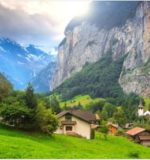
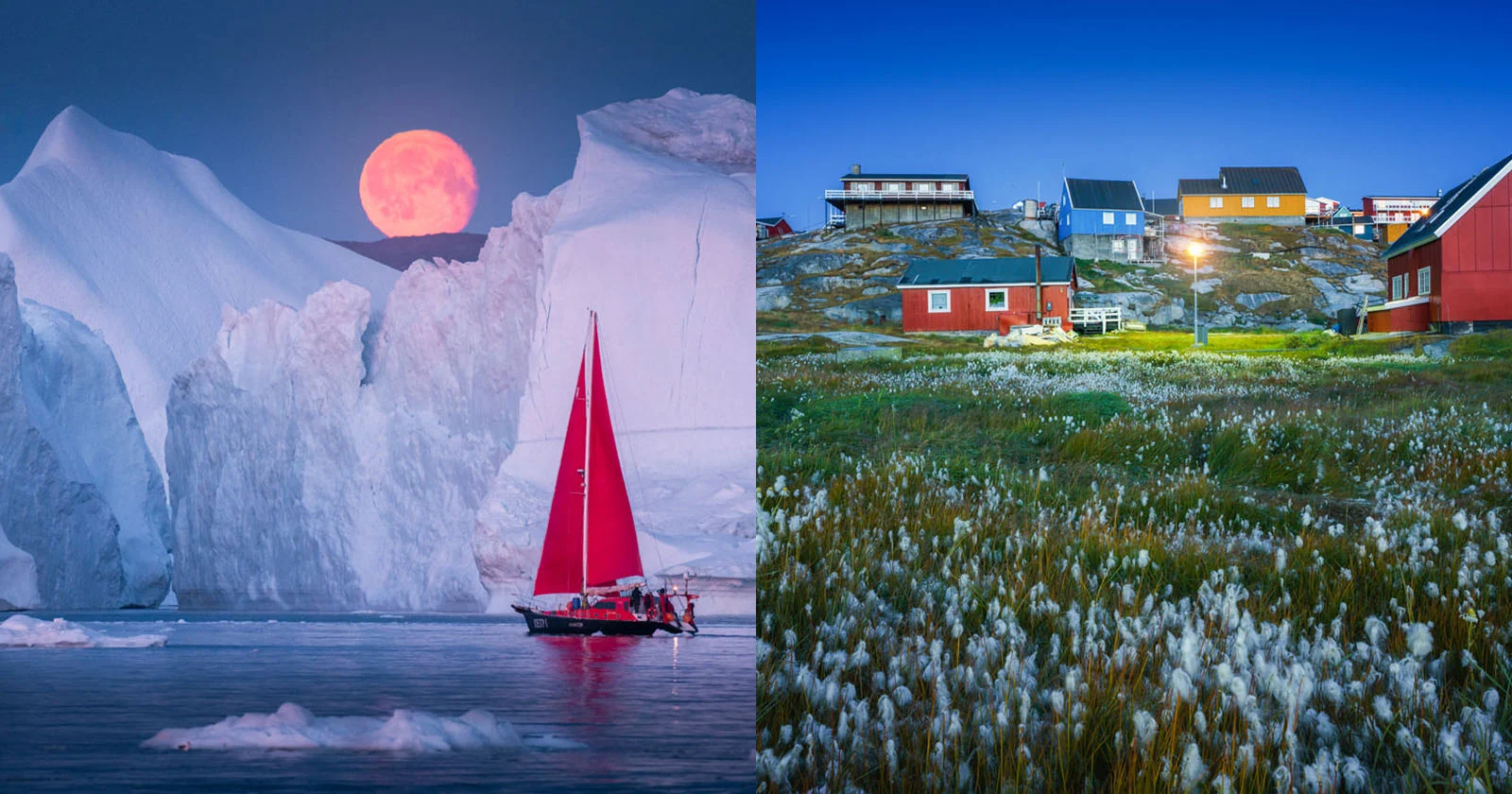
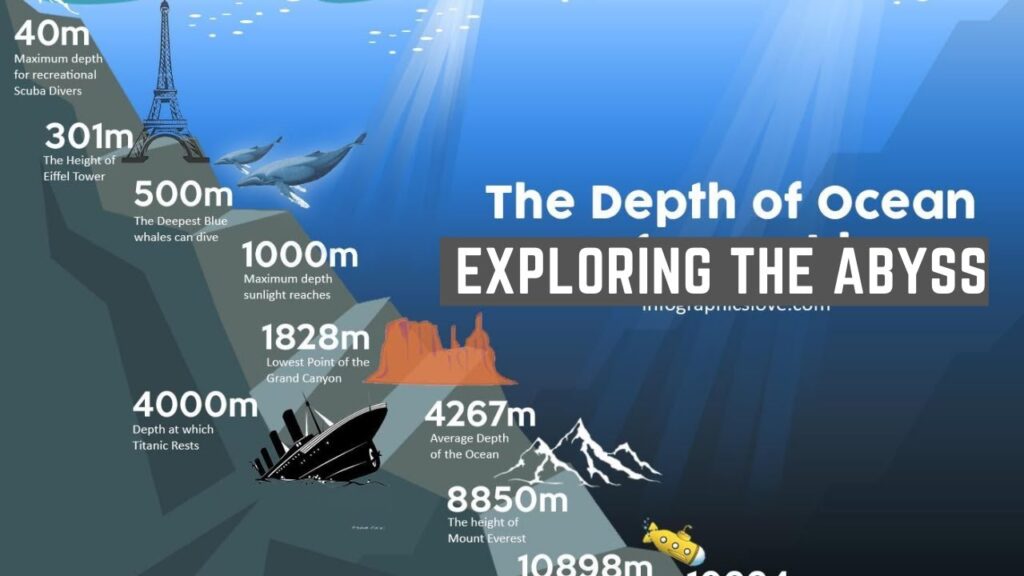

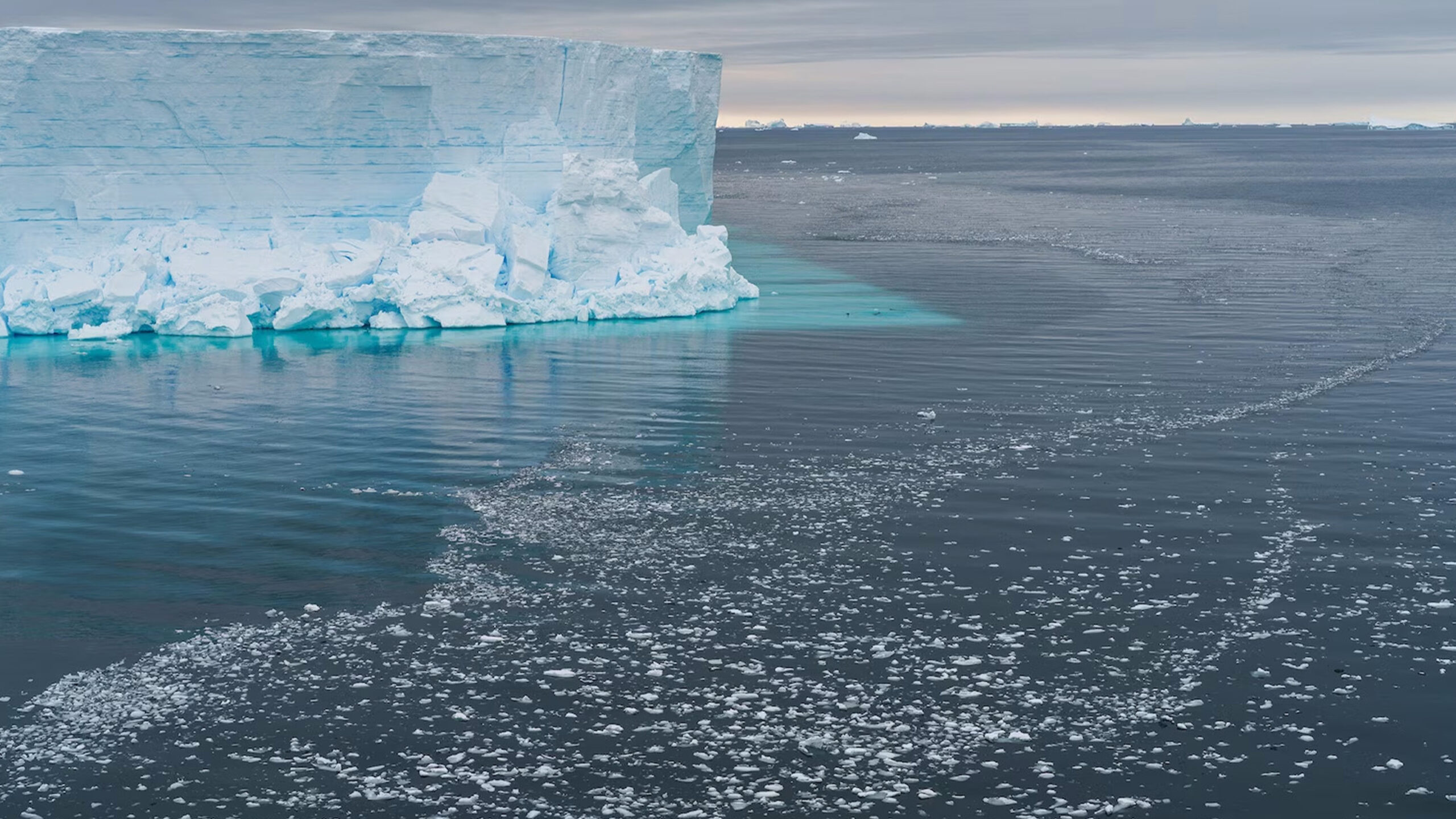
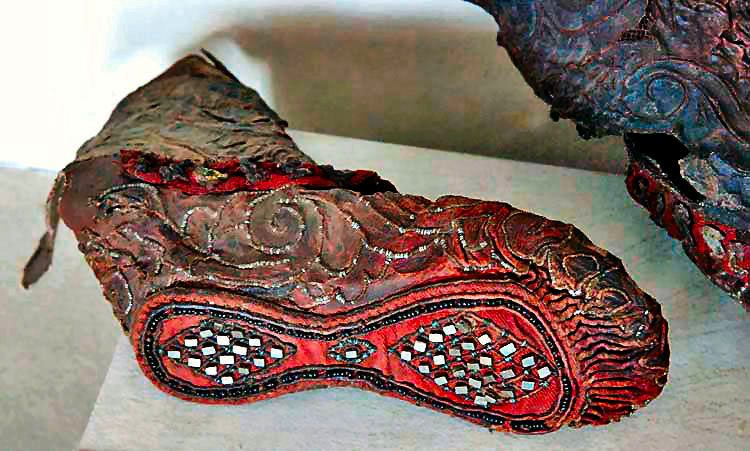

 Photographer Finds Locations Of 1960s Postcards To See How They Look Today, And The Difference Is Unbelievable
Photographer Finds Locations Of 1960s Postcards To See How They Look Today, And The Difference Is Unbelievable  Hij zet 3 IKEA kastjes tegen elkaar aan en maakt dit voor zijn vrouw…Wat een gaaf resultaat!!
Hij zet 3 IKEA kastjes tegen elkaar aan en maakt dit voor zijn vrouw…Wat een gaaf resultaat!!  Scientists Discover 512-Year-Old Shark, Which Would Be The Oldest Living Vertebrate On The Planet
Scientists Discover 512-Year-Old Shark, Which Would Be The Oldest Living Vertebrate On The Planet  Hus til salg er kun 22 kvadratmeter – men vent til du ser det indvendigt
Hus til salg er kun 22 kvadratmeter – men vent til du ser det indvendigt  Superknepet – så blir snuskiga ugnsformen som ny igen!
Superknepet – så blir snuskiga ugnsformen som ny igen!  Meteorite That Recently Fell in Somalia Turns Out to Contain Two Minerals Never Before Seen on Earth
Meteorite That Recently Fell in Somalia Turns Out to Contain Two Minerals Never Before Seen on Earth  Nearly Frozen Waves Captured On Camera By Nantucket Photographer
Nearly Frozen Waves Captured On Camera By Nantucket Photographer  It’s Official: Astronomers Have Discovered another Earth
It’s Official: Astronomers Have Discovered another Earth 